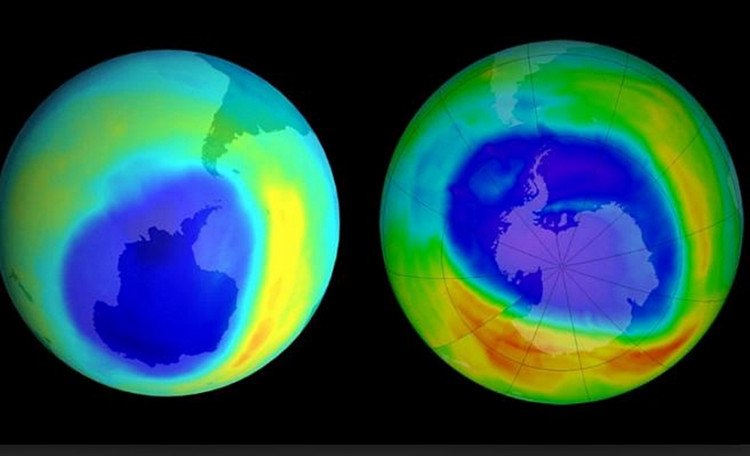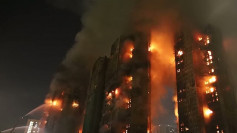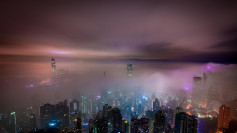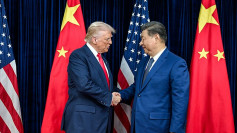Illegal refrigerator factories throughout China have been identified as the source of new emissions of CFC-11, a chlorofluorocarbon (CFC) that destroys the ozone layer.
This discovery has put China in a bad light since the country in 1987 signed the "Montreal Protocol" that banned the worldwide production and use of CFC-11 and other ozone-destroying CFCs.
The new emissions were detected by Western scientists last May. These scientists reported an Asian country was manufacturing ozone-depleting CFCs in violation of the Montreal Protocol. In addition, a U.S. observatory in Hawaii found CFC-11 with other gases characteristic of a source in Asia. That country has since been identified as China.
CFC-11 emissions have risen 25 percent since 2012, which shouldn't be the case given the Montreal Protocol. This surprising finding strongly suggested the new emissions source as being man-made.
The ozone layer protects all life on Earth by absorbing most of the Sun's harmful ultraviolet radiation. CFCs degrade the ozone layer, allowing the entry of more ultraviolet radiation, which is the primary cause of skin cancer. The infamous "Ozone Hole" over the Antarctic was mainly caused by the excessive emissions of CFCs into the atmosphere.
CFCs and other ozone-depleting chemicals have been banned since September 1987 by the Montreal Protocol, or the "Montreal Protocol on Substances that Deplete the Ozone Layer," signed by China and all member states of the United Nations.
CFC-11 is widely used as a refrigerant and causes the most damage to the ozone layer. It can last up to 50 years in the atmosphere once released.
Media reports said the Chinese owners of factories using CFC-11 claim no one told them the chemical was banned. Owners also told government investigators they've been using CFC-11 because it's cheaper than the legal alternative, hydrofluorocarbons, which are in short supply in China.
"You had a choice. Choose the cheaper foam agent that's not so good for the environment or the expensive one that's better for the environment," said Zhang Wenbo, who owns a factory using CFC-11. "Of course, we chose the cheaper foam agent. That's how we survived."






